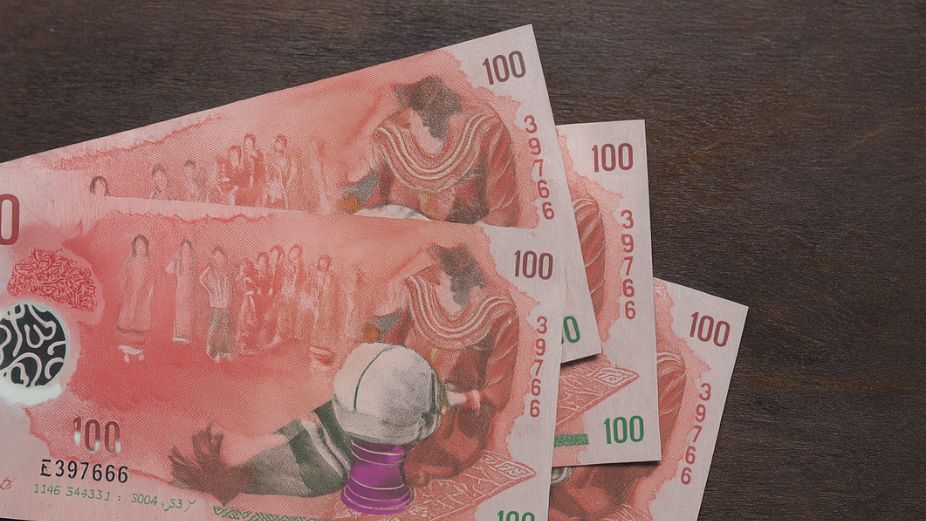
The Maldives Monetary Authority’s (MMA) Economic Update for June 2025 paints a mixed picture of the country’s monetary environment, with broad money continuing to expand while reserve money contracts and credit growth shows signs of easing.
According to the latest data, broad money (M2) grew by 10% at the end of May 2025, accelerating from the 7% recorded in April. This growth was largely driven by increased local currency deposits, as well as time and savings deposits in both local and foreign currency. The rise in money supply was underpinned by higher domestic credit, particularly increased lending to the government and the private sector. Notably, net foreign assets also increased as the accumulation of foreign assets outpaced the growth in liabilities.
In contrast, reserve money (M0) fell by 3% at the end of May, continuing the decline seen in April. This was mainly attributed to a drop in net foreign assets, which outweighed gains in net domestic assets. A key factor behind the reduction was the continued impact of the US$400 million currency swap obtained from the Reserve Bank of India in late 2024, which raised foreign liabilities despite rising foreign reserves.
Credit to the private sector grew by 5% in May, slowing from the 7% annual growth recorded in April. Despite the deceleration, lending to key sectors such as tourism, construction, real estate, and commerce remained strong. The largest growth was seen in personal loans, which expanded by 25% year-on-year, reflecting increased demand for consumer credit, especially through credit cards and loans for consumer durables.
Meanwhile, gross international reserves stood at US$815.8 million at the end of May, marking a 66% increase compared to the same period in 2024, although this represented a 5% decline compared to April. The fluctuation reflects both external inflows and drawdowns in the reserve position.
Overall, the data suggests that while domestic liquidity and bank credit continue to support economic activity, the decline in reserve money and slight softening in credit growth indicate underlying pressures in the financial system. The MMA and Ministry of Finance continue to monitor these trends closely, especially in light of persistent fiscal deficits and rising government debt, which reached MVR 125.3 billion or 104% of GDP by the end of Q1 2025.













